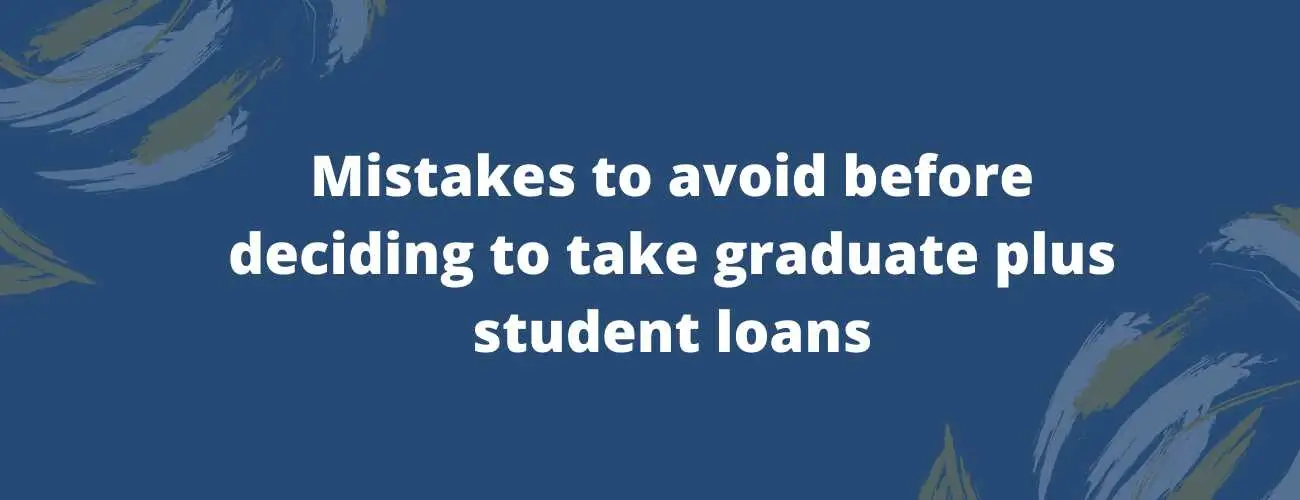Your Guide To Federal Student Loans - Choose the best federal student loans for your future
Learn all about Federal student loans, its advantages, forgiveness plans, income-based repayment, interest rates, and discharge options. Choose the best federal student loans to help fund your future.
Updated by Gowtham Ramesh on 3rd September 2020
It's no secret that the present cost of college is much higher than what it was for. Due to the increasing costs of college, students are moving towards getting a student loan to cover the tuition costs.
It resulted in a large student loan debt trap that needs to be addressed. Hence, federal student loans can be a good option as they offer lower interest rates and other attractive features for students. Choosing the best federal student loans out there can help you save money for your future and also release you from the obligation of repayment for many years.
Table of contents
- Types of Federal student loans
- Interest rate for Federal student loans
- Eligibility requirements
- Application procedure for federal student loans
- Advantages of federal student loans
- Deferment and forbearance
- Eligibility for student loan forgiveness programs
- Eligibility for discharge programs
- Loan cancellation
- Features of best Federal student loans
- Borrow limit for federal loans
- Interest deduction on tax
- Best Federal student loans servicing
Types of Federal student loans
In the fall of 2016, there were 21 million students enrolled in college and university out of which 8 million of them received federal loans from the William D Ford Direct Loan program. The William D. Ford Federal Direct Loan program is the Best federal student loan programs available.
The four different types of loans are given below -
1 - Direct Subsidized Loans
These loans are designed especially for undergraduate students who are in need of financial support. They can borrow up to a certain amount every year for school. Unlike other loans under this program, the interest on this loan won't be charged when they are in school.
2 - Direct Unsubsidized Loans
These unsubsidized loans are used by students from undergraduate, graduate, and professional degree students. Where the subsidized loans come with a limit on the borrowing, here the interest will start to accrue when you are in the school itself.
Learn more about Federal subsidized and unsubsidized loans
3 - Direct PLUS Loans
Direct PLUS loan is directed towards the parents of the undergraduate students who will be paying on behalf of their children's education and the students who are pursuing graduation or professional degree.
The loans taken by the parents are known as Parent PLUS loans and the loans taken by the professionals are known as Grad PLUS loans. Professional or Graduate students who have exceeded their limits on other federal loans can apply for Grad PLUS Loans. The Federal Direct PLUS loan will help you to cover the total cost of attendance. Learn more on Direct Plus loans
The advantage of using Federal direct loans is that is a good way to manage your finances as the ED pays your interest rates while you are still studying at college.
4 - Direct Consolidation Loans
There are other types of federal loans available where you can combine (consolidate) your existing loans into a single one. For one monthly payment with the Direct consolidation loan, if your loans are not eligible for Public Service Loan Forgiveness (PSLF) then consolidating them into a direct consolidation loan for qualifying it.
Read on Student loan consolidation
Perkins loan
Other than these four federal student loans there is another loan called the Perkins loan.
Federal Perkins loans have low-interest rates. One can qualify for a federal Perkins loan based on the financial need and has to be enrolled in a school that attends the Perkins loan program.
Perkins Loan is not available for all those apply for it. Federal Perkins loan is provided for the student or the applicant of the Perkins loan only if the applicant is confirmed to be eligible. The eligibility for a Federal Perkins Loan is determined by the qualifications mentioned above.
Though federal Perkins loan offers a lower interest rate it is also a loan like any other loan. You need to repay a Perkins loan to avoid issues like defaulting on a federal Perkins loan.
Interest rates for Federal Student Loans
The interest rate on private loans is based on the current market condition but in the case of federal loans, it's determined by the U.S. Congress, which decides it based on the legislation connected to the financial market. With a lower interest rate, you can manage your loans better. This is a huge factor when considering which is the best federal student loan out there to help you.
The interest rate usually varies from time to time but it gets stable when the lender disburses the loan. Whereas, it will be stable and cannot be changed unless you are planning to pursue a Federal student loan refinancing.
The following are the interest rates of federal student loans distributed in 2019.
| Federal Student Loans | Interest rates in 2019 |
| Direct Subsidized | 5.05% |
| Direct Unsubsidized (undergraduate degree) | 5.05% |
| Direct Unsubsidized (graduate or professional degree) | 6.60% |
| Direct PLUS | 7.60% |
As shown in the table the highest interest rate in 2019 was for Direct PLUS loans at 7.60% with direct unsubsidized coming in second at 6.60%. The interest rate varies depending on the type of loan and the first disbursement date. Can you refinance federal student loans multiple times? the answer is yes, regardless of how many times you have previously refinanced, it is possible to refinance your loans with a private lender!
How to login to federal student loans?
Steps for federal student loans login are as follows :
-
Go to the studentaid.gov webpage and log in with the username and password.
-
If you do not have an account, go ahead and click on create an account.
-
The page is directed to create an account (FSA ID), read the details, and click on get started option.
-
Continue to fill set personal information on the create an account (FSA ID), click on continue till you create the FSA ID.
You can view your loan details and manage them online. You can ask help at the help section at Studentaid@ed.gov for more assistance.
Eligibility Requirements for Federal student loan
For a federal student loan, you must complete filling the Free Application for Federal Student Aid (FAFSA). The FAFSA application will let you know about which financial aid program you're eligible for, according to your school and state. You can determine the aid that you receive. You can be eligible for these only if you have completed filling out the FAFSA.
You are required to complete and submit the application every year to be eligible for federal aid and if your situation has not changed and you still require the need for financial assistance.
Availability
It is available every year on October 1st and the submission deadline changes depending on the schools and states. It's always a good idea to get it done as soon as possible each year.
Where best Federal student loans don't require a co-signer or a guarantor for the debt that you take, you are qualified for most of the federal loans even if you had a poor credit score. The foremost important eligibility for the loan is that you should be attending a college.
How to apply for Federal student loans for college?
Applying for a federal student loan is free. To enter into it, you are required to fill out the Free Application for Federal Student Aid (FAFSA). In addition to the student loans they provide, you will be eligible for other perks such as grants or work-study, based on the information you provide in the form.
Application duration
The simplest and quickest way to file the FAFSA is through online mode. The application will take 3-5 days to process. You can also apply for it via mail through a paper-based application which takes 7-10 days to get it processed. It is important to note that the application process is free.
Apply for federal student loans
Before going through the online process be aware of the eligibility criteria
-
Display Financial needs to receive loans.
-
The academic process is also considered so make remarkable improvements towards your GPA
-
Being a citizen of the US
Once you pass the eligibility criteria, know the last date to submit your FAFSA form, which ideally is released on January 1 of each year and ends by June 30, 2020. Although it varies from states and colleges. Login to https://studentaid.gov/, and create an account or FSA ID, user name and password and login with the credentials. Complete the FAFSA form that free and submit it. Your student aid office at school will inform you if you received the loans based on the result of your FAFSA form provided by the ED or you can check on fafsa.gov.
What happens after the submission of FAFSA?
After the submission of your FAFSA, it will be sent to the Student Aid Report (SAR) where you get basic details on eligibility for federal student aid. The federal aid received will vary from one to another school based on the cost of attending the school.
The college/university you mentioned in the FAFSA application will also have the information which they will make use of to determine the amount of federal grant, work-study, or loan. You may even qualify for grants, if not the loan.
The college that you choose will send a financial aid award letter stating the financial aid if you are eligible to receive where it consists of federal student loans, grants, and work-study.
How to pay my federal student loans
Here is how you can go about paying your federal student loans -
Payment procedure for your federal student loans
For federal student loans, a servicer who is initially assigned by the student aid department manages your bills. If you are unaware of your loan servicer, contact your student aid office in school to find more details regarding your servicer. You can also check the same information on StudentAid.gov/servicer.
Once you are aware of your servicer they will provide you a guide to help you start your payments manually by cheque or online with them. For any specific queries, you can always contact your loan servicer. Though the Education Department assigns you with a service provider, it is not a mandate to continue with the same servicer if you're unhappy with them. Although it's difficult to change student loan servicer, you can try it with a few methods. Learn about Switching Federal Student Loan Servicers to help you choose the servicer of your choice.
Advantages of Federal student loans - why federal student loans are the best option for you
Federal student loans have certain advantages and perks over private loans as it can make it easier for you to manage the debt and avoid the struggle of affording your monthly payments.
1- Income-Driven Repayment plans (IDR)
If you are not able to afford the monthly minimum payments of your loan then you might qualify for the income-driven repayment (IDR) plans.
Under the IDR there are 4 repayment plans available -
-
Income-Based Repayment (IBR)
-
Income-Contingent Repayment (ICR)
-
Pay As You Earn (PAYE)
-
Revised Pay As You Earn (REPAYE)
In the IDR plan, the lender usually sets the payments of yours based on the discretionary income. Under any other circumstance such as disease or birth of a child, the payment amount can go down. Some people even qualify for payments with $0 in the IDR plan.
Qualifying payments
After the time period of 20 to 25 years with qualifying payments, the government might consider you for the forgiveness of the remaining payments of the loan. The balance amount that gets discharged will be considered into taxable income.
The IDR plans might be a short term solution if you are stuck with the entry-level salaries with a larger timeline approach towards your debt management. If you are extending the repayment period for 2 decades then you will be paying more in interest over the duration of your loan.
2- Deferment and Forbearance for Federal Loans
If you can't cope up with your payments then you might be eligible for a deferment or forbearance. These options will allow you to hold down your payments on the loan without any penalty for the hold. If you are going through a hard time like losing a job or are suffering from a serious illness, you would, of course, need to delay your payments till you recover.
The time period for deferment and forbearance
These 2 are very similar concepts but have huge differences, starting with eligibility and the duration of the two. Deferment usually runs for a period of 3 years and Forbearance runs for a period of 12 months or less. Both the options are not perfect but still can help you under the emergency period on the loan payments and difficulties.
3- Eligible for student loan forgiveness programs
The student loan forgiveness option is only available for the Federal student debt holders. These are qualified based on some criteria such as whether you are working in a Public service area, then the government provides you an offer on programs that allow for loan forgiveness.
The people who work under a non-profit organization or the federal government might be eligible for the PSLF program. If you're under a qualifying job for a timeline of 10 years with proper qualifying payments then your remaining payments debt can be forgiven.

Source - pexels.com
Furthermore, the different federal loan forgiveness programs for teachers can really bring big on the savings of your student loan debt. Based on the eligibility it might be full or part of your loan which will be considered for forgiveness, after teaching for a period of 5 years. Learn more on student loan forgiveness programs
4- Eligible for discharge programs
Under the private loans, if the school closes down while you're enrolled in the program, or soon after you withdraw, even then, you are required to make the payments towards your loan. You are not eligible for the student loan discharge program.
Whereas, in the case of federal loans, it has several discharge programs that are defined by the government to provide support to the borrowers. It is offered to the disabled under total and permanent disability discharge.
You can also get a loan discharge if your school closes. It can only happen if you're enrolled in any program while it closes or has withdrawn from the school.
5- Loan cancellation options with federal loans
Federal student loans are canceled under certain circumstances like due to the problems with the school that you are in. Well, it's can't happen in general terms, just because you don't like the school you are enrolled in. There are certain specific requirements that are needed to be addressed in terms of school-related discharge.
Other cancellations may be there because of the availability of the work on a certain period of time under the public service jobs. Which also includes the military service members. Further, the category is available for borrowers who have serious disabilities due to which the debt cannot be passed.
You can apply for a loan cancellation with the help of the government forms with exceptions to this rule for certain borrowers who are eligible for this directly if their school closes.
Features of Federal student loans
The several features of the best federal student loans are given below. These features should give you an understanding of why federal student loans are the best option to finance your education.
1- Flexibility in repayment options
Under any student loan from a private or federal institution, you have to pay back the loan with the interest that accrued in the period. But, in the case of federal student loan, it gives you more flexible options than the private one. The federal student loan allows the borrower to change their repayment option after it has been distributed to the school.
2- Pay an amount based on income
The best Federal student loans allow you to go for income-driven repayment plans where it will cap the payments of the borrower's income based on the household and the members available in the family to set an amount to pay the loan.
3- No credit history considered
For a private student loan, it requires a borrower's credit history and it should be a strong one. It is not the case of federal student loan, where no history of credit is looked into, which is really helpful for students who have completed high school and are willing to move to college as they don't have time for building credit.
Wondering about college tuition? Read on Best student loans
Borrow Limit for Federal student loans
It varies and is based on the undergraduate, graduate, and professional students or parents. In times of financial needs, knowing Borrowing Limits for Federal and Private Student Loans can be very important.
Undergraduates students can borrow a maximum of $5,500 to $12,500 per year under the Direct Subsidized Loans and Direct Unsubsidized Loans depending on the year and school you are in.
Graduates or Professional students can borrow a maximum of $20,500 per year under the Direct Unsubsidized Loans. You can use direct PLUS Loan for the remainder of your college but it's not covered under other financial aid.
Comprehensive knowledge about Private vs Federal Student Loans is important to manage your finances for 10-20 years (the duration of your loan payments).
Interest deduction on tax
Still wondering if federal student loans are the best option to fund your education? One best thing about the student loan debt is that you can deduct the interest from your taxes. You might be receiving modest tax benefits once if you pay your interest on the student loan from the last year. You can claim all the interest that you have paid to the federal student loan. Up to $2,500 can be deducted.
After claiming the deduction of interest, you can lower the income which can be taxed by the government. For this, you can lower it for up to $2,500 under the deduction.

Source - pexels.com
This deduction can be applied to the payments that are required by the lender as well from payments made by voluntary. The more you pay in, the more you can deduct which usually helps in deducting all the interest that you have paid off on the student loan till you pay it off completely.
The modified adjustment is limited to the gross income crossing to $160,000 or higher in the case of married filling in together. You might not get a deduction if you fill it separately or someone is claiming behalf of you on the tax return
Lowering your federal student loan monthly payments can be done by choosing the repayment plan like Extended, Graduated, Income-based, repayment plans. Refinancing and consolidation can help in decreasing your monthly loan payments.
Federal student loans servicing
For Federal student aid, the federal government has contracts with several organizations to manage and service the millions of best federal student loans.
According to studies, borrowers of Federal Student Loans and For-Profit Colleges are likely to have more student loan depth as these loans are still directed by private businesses. They are responsible for collecting the payments on the loans that are advising the borrowers to get resources and benefits to get better management of their federal student loans commitments to respond to the customer's services inquiries and do the performing activities and other administrative tasks which are associated within the management of loans on behalf of the U.S. Department of Education.
Learn more on Student loan servicers
Other Blogs You May Be Interested In -
How do Federal student loans work? What student loans are federal?
The loans provided by the federal government are called federal student loans. The types of federal student loans are :
-
Direct Subsidized loans
-
Direct Unsubsidized loans
-
Direct PLUS
-
Grad PLUS loans
-
Parent PLUS loans
Before going through the online process be aware of the eligibility criteria :
-
Display Financial needs to receive loans.
-
The academic process is also considered so make remarkable improvements towards your GPA
-
Being a citizen of the US
Once you pass the eligibility criteria, know the last date to submit your FAFSA form, which ideally is released on January 1 of each year and ends by June 30, 2020. Although it varies from states and colleges. Login to https://studentaid.gov/, and create an account or FSA ID, user name and password and login with the credentials. Complete the FAFSA form that free and submit it. Your student aid office at school will inform you if you received the loans based on the result of your FAFSA form provided by the ED or you can check on fafsa.gov.
Federal student loan phone number
Most queries are handled by your loan servicers. Loan servicers act as a mediator between the loan borrower and ED. They help in managing your bills, informing your payment dates, etc. But in case you need to contact the ED. The following are the details :
Phone: 1-800-4-FED-AID (1-800-433-3243)
For general queries: www.ed.gov/answers
Repayment plans
If you have federal student loans and a low income, you are advised to choose income-driven repayment plans. As these repayments consider your income, residence, and size of the family to calculate and fix the interest rates than to prioritizing the money you owe.10% and 20% of your discretionary income is to be paid for about 20-25 years depending on the repayment plans you choose. The income-driven repayment plans are as follows:
-
Income-based repayment plan
-
income-contingent repayment plan
-
pay as you earn
-
revised pay as you earn
Benefits of choosing repayment plans
The payment made under income-driven plans and standard repayment plans is eligible for Public Service Loan Forgiveness. They are also eligible for forgiveness programs. If you face any financial difficulty for a short period of time. Your federal loans can be temporarily suspended although your interest rates accrue.
Federal student loans are a great way to go about funding your future. It is advised to have an in-depth understanding of them before making a decision. Consider all the factors out there like repayment plans, in-school repayment options, and much more to help decide which is the best student loan suited for you.
| Minumum Credit Score | Apply in as little as | Variable APR | Fixed APR | ||
|---|---|---|---|---|---|
 | Not Available | 15 minutes or less | 2.95 | 4.74 | View disclosures |
 | 620 | 2 minutes | 5.38%-16.99%1 | 4.43%-16.99%1 | View disclosures |
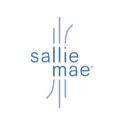 | Not Available | 15 minutes | 1.13% - 11.23%¹ (with autopay) | 3.50% - 12.60%¹ (with autopay) | View disclosures |
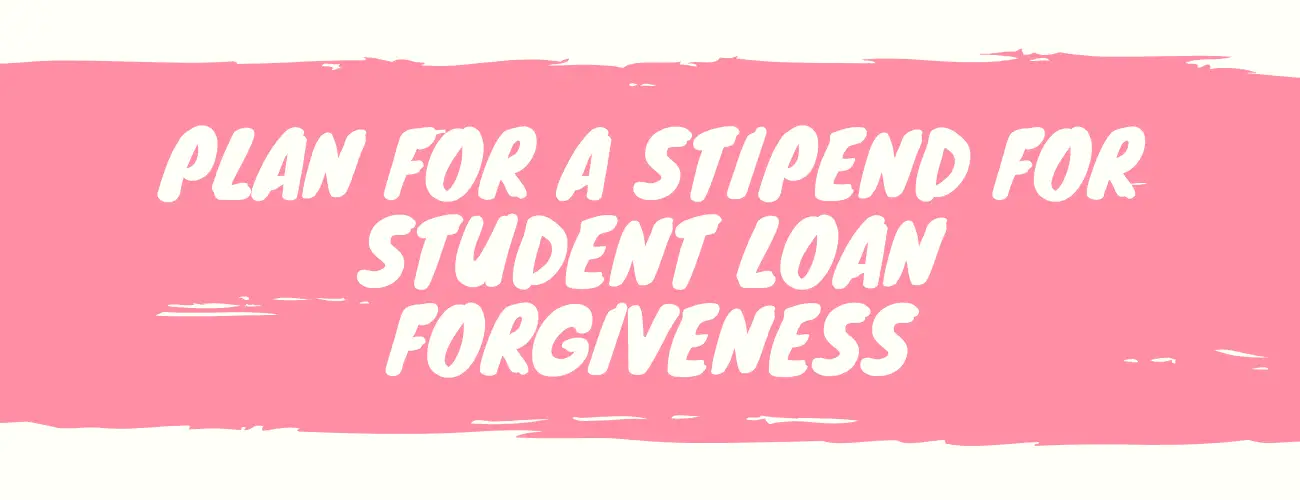
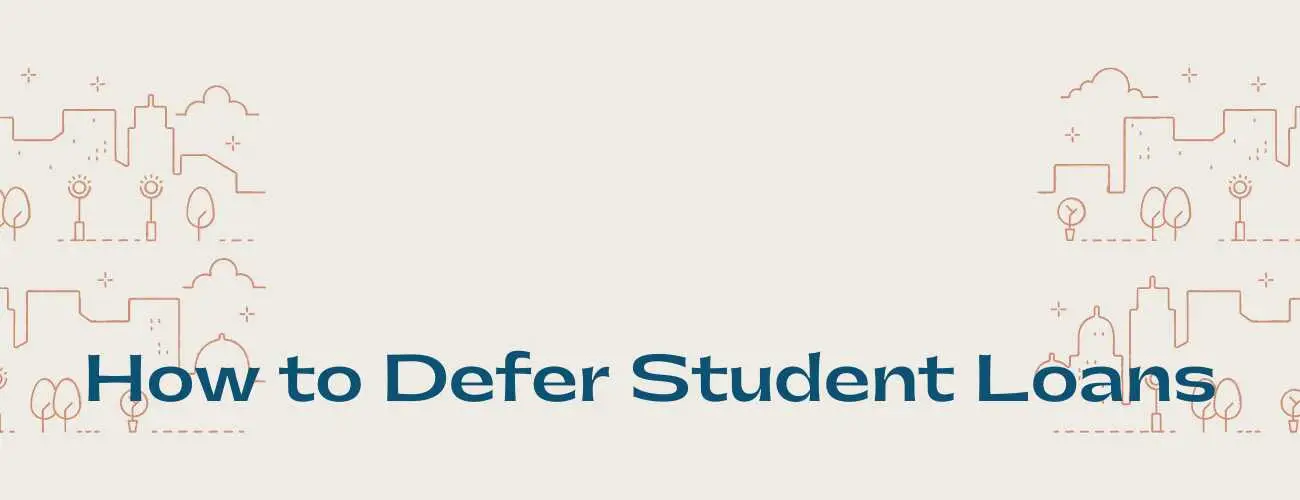
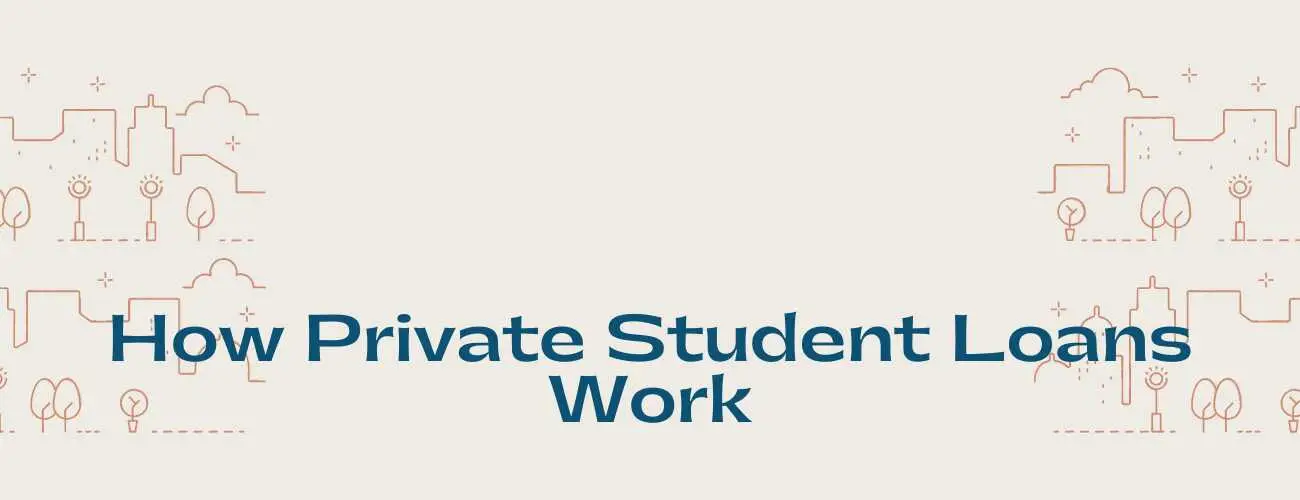
93.jpg)
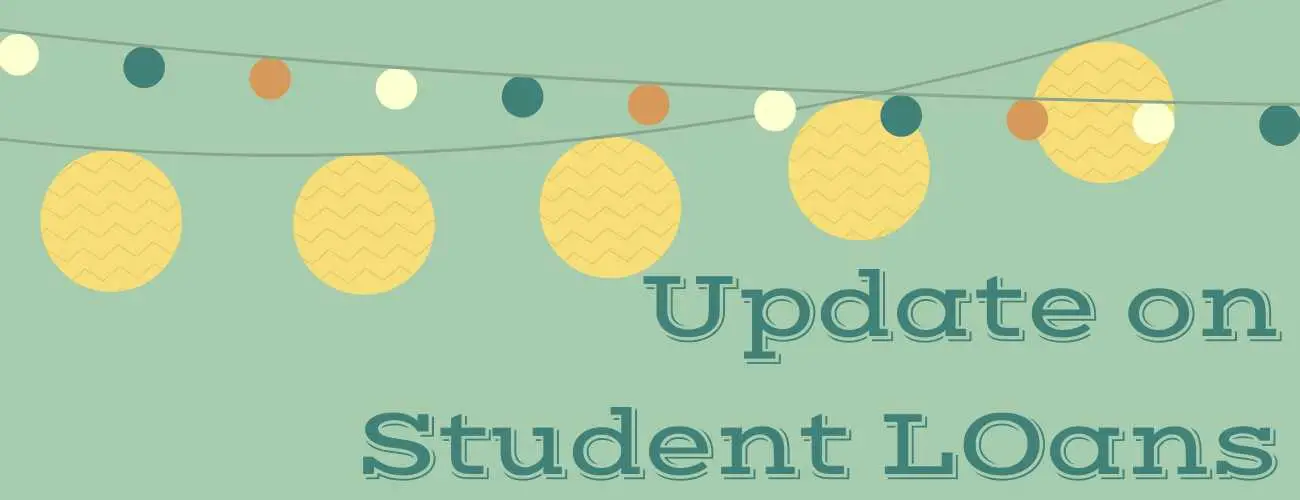
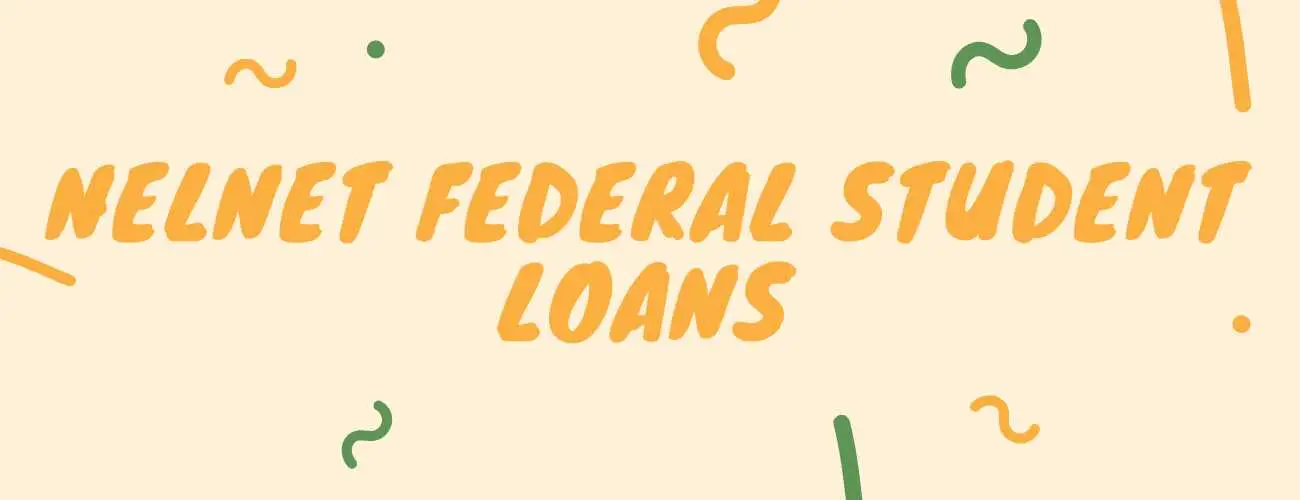
28.jpg)
